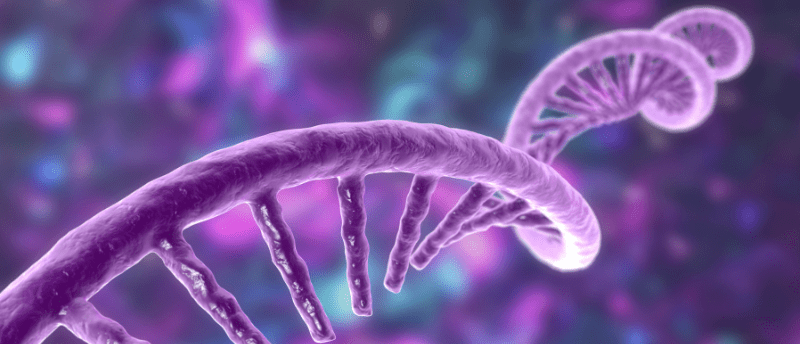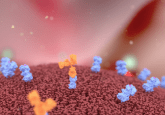Streamlining the creation of oligonucleotide conjugates

A new synthesis method for oligonucleotide conjugates has been devised by researchers at Aarhus University (Aarhus, Denmark) and Novo Nordisk (Bagsværd, Denmark), driving significant progress in the design of more precise and targeted RNA medicines.
In partnership with Novo Nordisk, a team of researchers from Aarhus University has developed an approach to streamline the assembly of an entire library of therapeutic oligonucleotide-peptide conjugates. The team has identified a synthesis method for oligonucleotide conjugates that includes built-in handles and a unique linker, allowing for the straightforward connection of oligonucleotides to a peptide marker by adjusting the pH.
Importantly, this technique eliminates the requirement for any specialized and costly oligonucleotide building blocks to integrate extra peptides into the oligonucleotide sequence. This advancement holds the potential to generate multi-functional therapeutic oligonucleotides, allowing for the development of drugs with higher efficacy.
You may also be interested in:
- Measuring therapeutic oligonucleotides in biological matrices: a review of hybridization assay formats
- Updates in oligonucleotide-based therapies
- Olink® introduces the Target 48 Mouse Cytokine Panel
Oligonucleotides have recently shown significant promise in personalized medicine. They are already being used for the treatment of specific forms of muscular dystrophy and liver disease — conditions that traditional drugs struggle to address. However, a persistent challenge remains in accurately delivering oligonucleotides to a broader range of tissues. One strategy to overcome this obstacle involves affixing precise protein markers to the oligonucleotides, referred to as peptide conjugates, which are identifiable by the diseased cells. An example of such a peptide is glucagon-like peptide-1 (GLP1), utilized to selectively target therapeutic oligonucleotides to the pancreas. Notably, this peptide serves as the natural analog to semaglutide, a common drug used for the treatment of diabetes and obesity.
“[This marks a] significant stride towards more effective and targeted drugs, indicating the potential for customized therapeutic oligonucleotide[s] to deliver drugs precisely to the intended location in the body,” said Professor Kurt Vesterager Gothelf, who led the research team.
Traditionally, incorporating the ligand within the oligonucleotide sequence has demanded the use of specialized and expensive oligonucleotide building blocks. However, the newly developed method simplifies this procedure, rendering the production of these conjugates more accessible and cost-efficient. The research was published in the journal Nucleic Acids Research.






